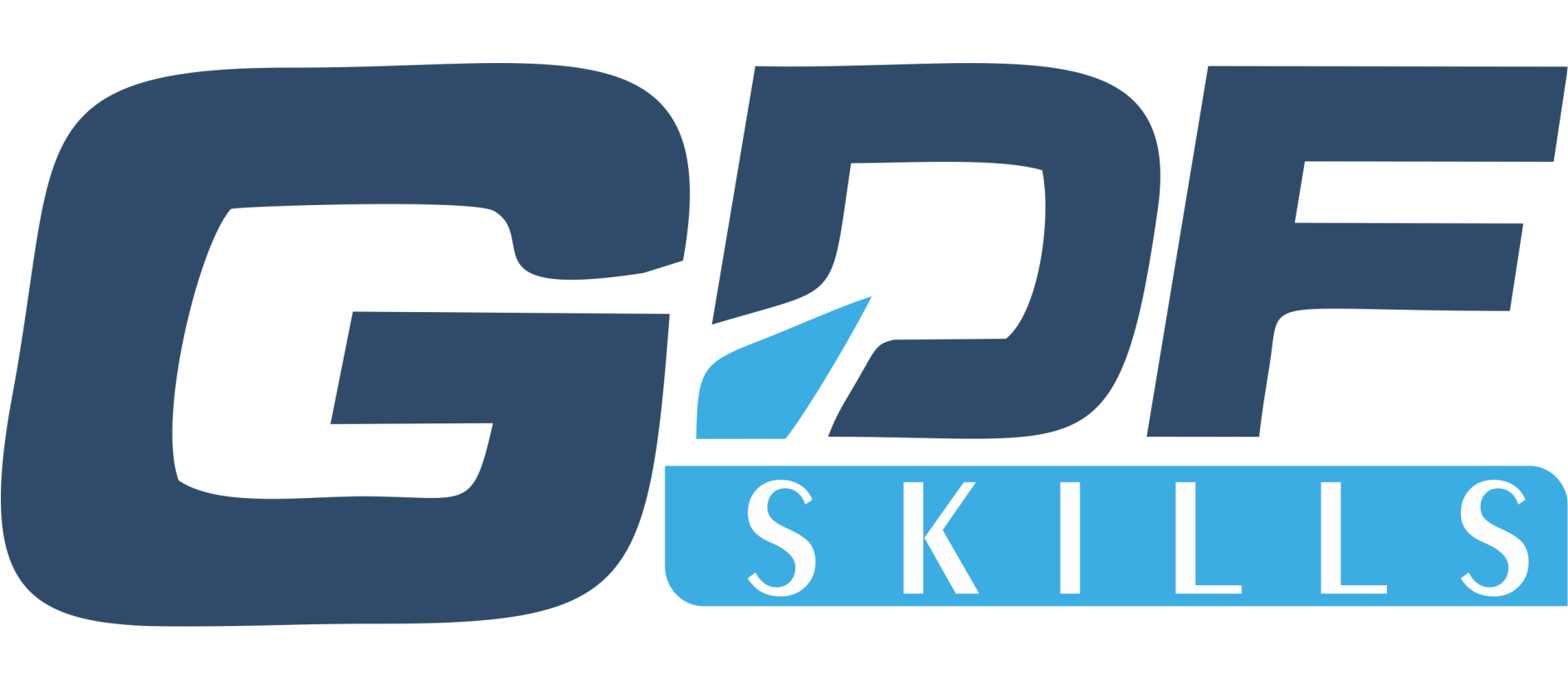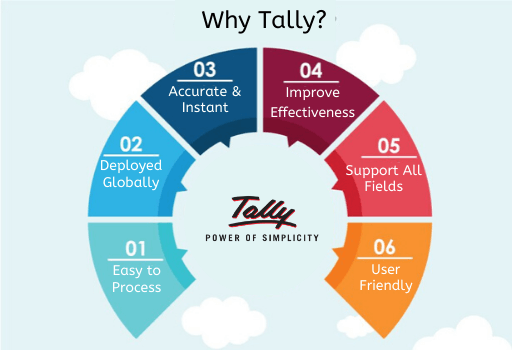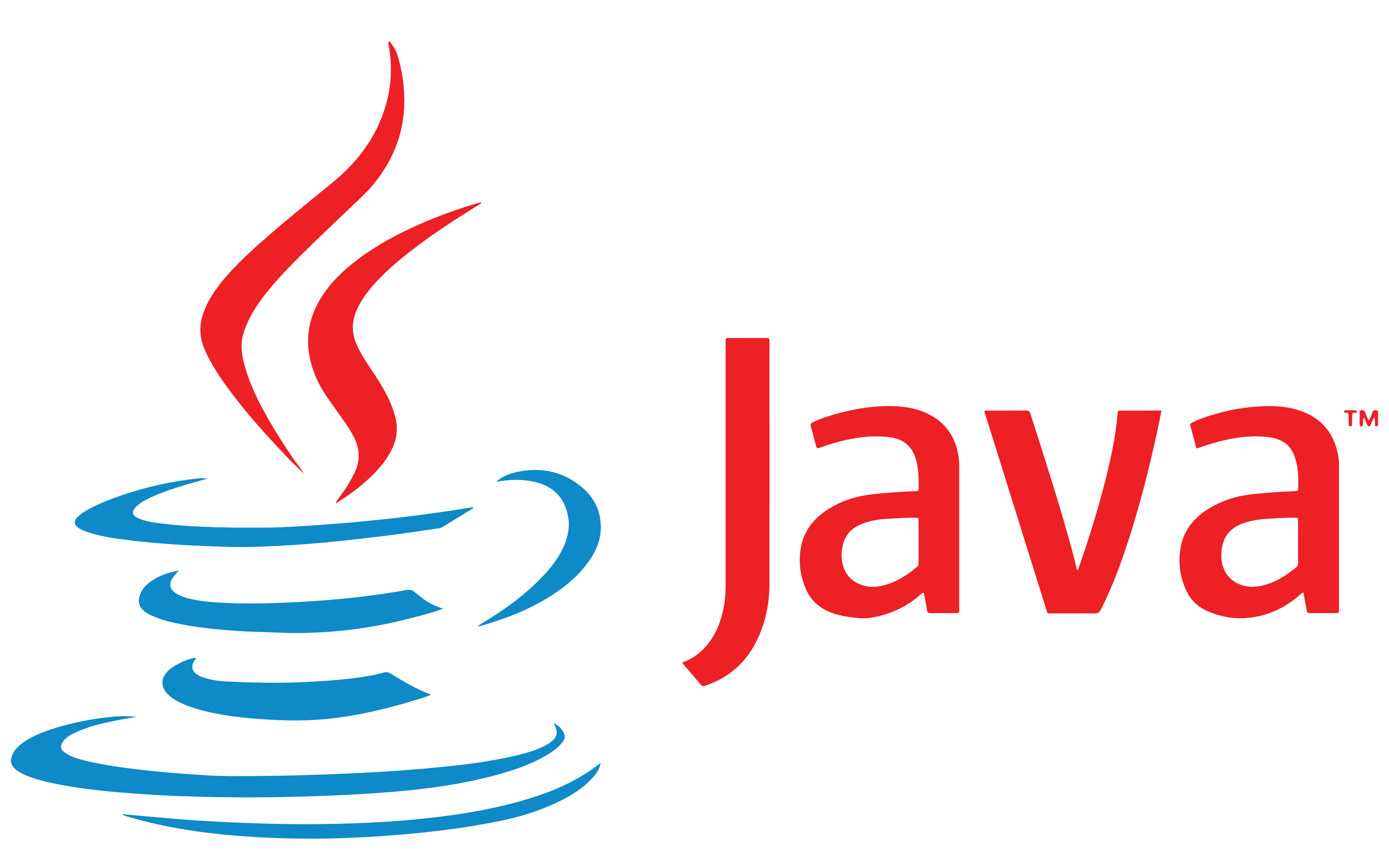
- Contants
- Gallery
- Our Organization
- Feed back form
- Blogs
- Social Media




Business analytics encompasses both quantitative and qualitative methodologies aimed at optimising
productivity and profitability within organizations. It involves extracting, analysing, and
interpreting data, such as behavioural patterns and business trends, to facilitate informed
decision-making. Business analytics is essential for enhancing customer satisfaction, improving
productivity, and identifying growth opportunities.
The latest iteration of the Tally Prime Accounting Software introduces a seamless GST setup,
ensuring prompt and accurate tax calculations. This feature-rich software supports all essential GST
transactions for businesses. Our Tally Prime Training Course with GST offers a comprehensive
understanding of industry-specific accounting requirements, providing both conceptual knowledge and
hands-on experience in day-to-day accounting processes.
As an integral component of organisational functioning, business analytics requires proficiency in
data recording, analysis, and presentation to support effective decision-making by management.
Mastery of various business analytics tools, including Python, R-Programming, MS Excel, Access,
Visual Basic for Applications (VBA/Macros), SQL, Tableau, and business intelligence tools, is
imperative for professionals in this domain.
To develop expertise in business intelligence and data analytics tools, enrolling in a high-quality
business analyst training course in Delhi is recommended. Our institution offers the best business
analyst course in Delhi, providing comprehensive training in various business analytics techniques
and tools. Our training programme, designed by industry experts, enables participants to quickly
acquire proficiency in business analytics
The Business Analyst course covers diverse topics such as Business Analytics with Python, Tableau,
and R-Programming, empowering learners to forecast customer trends, analyse behaviour, and interpret
data effectively. Whether you are a fresher or a seasoned professional seeking to excel in business
analytics, our course caters to your needs and enhances your analytical skills.
We welcome individuals with a graduation degree to join our high-quality Business Analyst Training
Course in Delhi, tailored for those aspiring to enter the field of business analytics or enhance
their proficiency in data analysis techniques. At our institution, we are dedicated to equipping
individuals with the knowledge and skills required to thrive in the dynamic realm of business
analytics.
GDF Skills' Business analytics Certificate will take you on a revolutionary experience. Develop the skills necessary to flourish in the Business analytics era and establish yourself as a leader in the competitive field of Business analytics. Join us to become a certified Business analytics professional!
ELIGIBILITY:
Graduation/DBA/
Diploma/
Equivalent/10+2
COURSE FEE:
Rs 20k
COURSE PLACEMENT:
WHY TO CHOISE US:
Data Exploring & Sharing
DAX (Data Analysis Expression) Application
Reference Data for running example
Begin your adventure with GDF Skills by registering in person at a branch. Fill out the offline form to get your admission. This step establishes your presence on the platform and sets the stage for your skill development.
Complete the paperwork procedure after registering. This might include giving extra information, validating your identification, or submitting academic and professional credentials. GDF Skills provides a safe and efficient documentation method to validate your profile.
You can begin after your documentation is accepted. Explore GDF Skills' extensive range of courses and select those that are relevant to your objectives. Make any required fees and obtain access to the learning materials, resources, and tools required for your chosen courses.



You're a beginner or have little bit knowledge of web designing and want to set a career in Web Designing, then you should learn from the beginning. In our complete web designing course, we will train you with all the knowledge of web designing and teach you on all the latest web-based technologies. This course will enable you to make your own web site in a single day. We bring students through a live environment in which you get an opportunity to work on live web sites as per to your skill sets. We will teach you how to create a web site as well as how to make it appear on google. We guarantee you an edge over others. The Advanced Website designing certification course is totally practical web design training that includes all the prerequisites of responsive web design on the basis of latest market demands and trends. This course is one of the professional practical courses offered by Arth, a top web designing organization. Arth is very good in its student’s placement by its 100% placement help policy. There are many companies tied up with Arth; all companies are good and trending in IT field. We offer best than best placement assistance to our students for his/her brighten future. To know more information about Arth’s placement Assistance, you can visit here.

DECEMBER 14 , 2022
Lorem ipsum dolor sit amet, consectetur adipiscing elit. In et ipsum sit amet ex pulvinar mattis. Pellentesque vitae purus viverra, aliquet lacus in, fringilla massa. Suspendisse ac est a nisi aliquet sollicitudin. Interdum et malesuada fames.